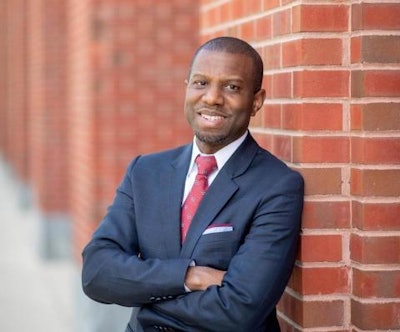Seven decades ago, U.S. civil rights history was made with the Brown v. Board of Education decision. Dr. Ivory A. Toldson
Dr. Ivory A. Toldson
When the U.S. Supreme Court unanimously ruled in May 1954 that separate educational facilities between Black students and white students was “inherently unequal," dismissing the concept of “separate but equal” in public education, the nation began the task of desegregating its schools.
But the process was painful and slow. Per federal law, Black students were brought into schools that formerly, predominantly or exclusively served white students, an endeavor that forever changed public schooling in the country.
“It came at a time when there were woefully unequal facilities and Plessy v. Ferguson was the law of the land,” said Dr. Ivory A. Toldson, a professor of counseling psychology at Howard University and national director of Education Innovation and Research for the NAACP. “Fifty-plus years after Plessy v. Ferguson, we saw that Black students were not in equal facilities and that the practice of forced segregation was morally wrong and worked against the best education for Black students.”
Now seven decades later, scholars since have looked back on the landmark case with ample respect – calling it “noble,” “correct,” and “necessary” – but said that its implementation and the lingering consequences were devastating.
Immediate backlash and resistance
In the face of the court decision and subsequent federal efforts to desegregate, white mobs and state leaders alike posed plenty of pushback.




















